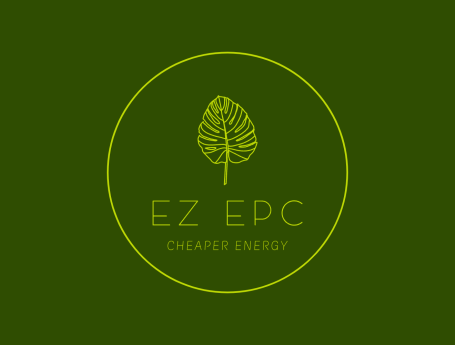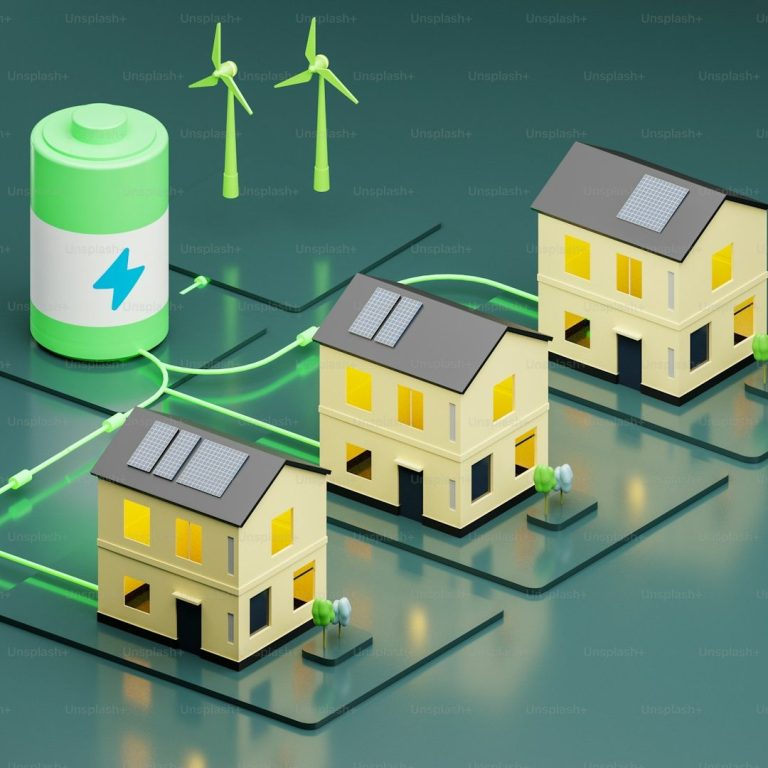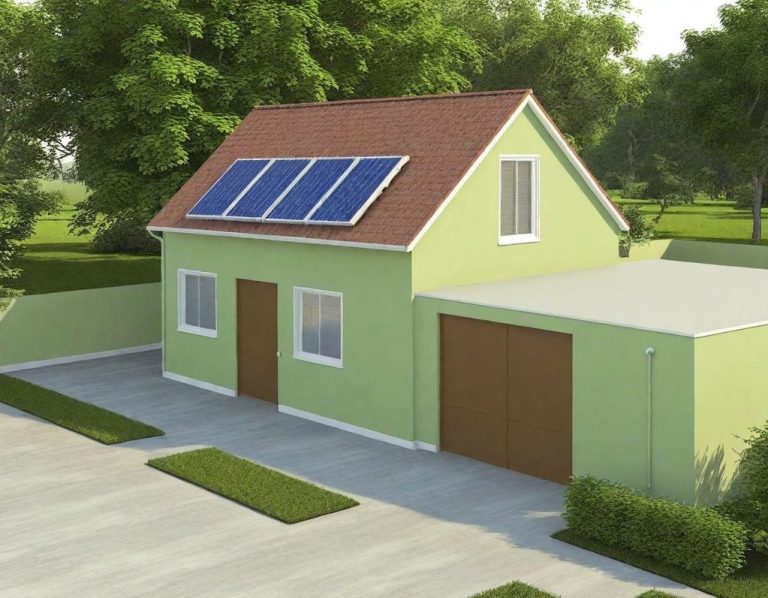A Domestic Energy Assessment is a crucial component of the Energy Performance Certificate (EPC) process in the UK. It involves evaluating the energy efficiency of a residential property to provide homeowners and potential buyers with a clear understanding of how energy is consumed and the potential for improvements. By assessing factors such as insulation, heating systems, and overall energy usage, a Domestic Energy Assessor can recommend measures to enhance a property's efficiency. This not only aids in reducing energy bills and environmental impact but also increases the property's market appeal, making it an essential undertaking for anyone looking to buy, sell, or upgrade their home.

Tagline
What was & What is The UK Green Deal Finance? Why Get it?
What is UK Green Deal
The UK Green Deal was a government initiative that allowed homeowners, landlords, and tenants to pay for energy-efficient home improvements through savings on their energy bills, from 2012 to 2015. The core principle was the "Golden Rule," which required that the savings on energy bills would exceed the cost of the improvements. This way, consumers could receive energy savings without direct upfront costs, and the cost of the improvements was repaid through the expected savings in energy bills.
The Green Deal offered 45 different types of improvements, ranging from basic measures like loft and cavity wall insulation, innovative hot water systems, and condensing boilers, to more costly options such as solar thermal energy or solid wall insulation. The financial structure was unique, as there was no direct debtor; instead, the burden of repayment stayed with the property, meaning new tenants or owners became liable for the payments.
The scheme was launched with a "soft" launch in October 2012 and officially launched in January 2013. However, it faced low take-up, with only 1,754 householders signing up initially. Despite efforts to boost participation, including a second Green Deal launched in 2014 as grants rather than loans, the scheme was ultimately discontinued in July 2015 due to low demand and concerns about industry standards.
The Green Deal was included in the Energy Act 2011 and came into force on 1 October 2012. It was scrapped by the Department of Energy and Climate Change, which cited low take-up and concerns about industry standards as reasons for the decision. The parliamentary Energy and Climate Change Committee criticized the Green Deal for failing to live up to expectations and for causing frustration among consumers and the supply chain.
The Green Deal was designed to help homeowners make energy-saving improvements without upfront costs. The process involved an assessment by a government-registered assessor, followed by the selection of a Green Deal provider to carry out the work. A Green Deal plan was then signed, and the cost was repaid through instalments on the electricity bill.
The Green Deal was eventually replaced by other schemes, such as the Energy Company Obligation (ECO) and the Green Homes Grant Scheme, which provided grants for energy-efficient home improvements.
Tagline
Cavity Wall Insulation as Built or Retrofit. Why & What Benefits?
Cavity wall insulation
Cavity wall insulation is a method used to reduce heat loss in buildings by filling the gap between the two layers of a cavity wall with insulating material. This is particularly effective for homes built after the 1930s, as these typically have cavity walls designed to keep moisture out, but also allow heat to escape.
The insulation material, such as mineral wool, polystyrene beads, or polyurethane foam, is injected into the cavity through small holes drilled into the outer wall. This process helps to trap air and reduce the amount of heat that escapes, thereby improving energy efficiency and lowering heating bills.
Cavity wall insulation can be installed either during the construction phase or as a retrofit measure. It is important to ensure that the installation is done by a registered professional to guarantee the work and to avoid potential issues such as dampness, which can occur if the insulation is improperly installed or if the property is unsuitable.
The cost of cavity wall insulation varies depending on the material used and the size of the property. For example, mineral wool cavity batts and foam cavity insulation boards are commonly used materials, with prices ranging from around £17.30 to £98.45 for different products.
In addition to reducing energy bills, cavity wall insulation also helps to lower carbon emissions and improve indoor comfort. It is a cost-effective solution that can pay for itself over time through energy savings.
If you are considering cavity wall insulation, it is advisable to consult with a professional installer who can assess your home's suitability and provide recommendations based on your specific needs.
External Insulation For Older Buildings
External wall insulation (EWI) is a recommended approach for improving the thermal efficiency of older buildings in the UK, particularly those with solid walls. It is especially beneficial for homes built before 1920, as these often have solid brick walls that lose more heat compared to cavity walls. EWI involves applying a layer of insulation to the exterior of the building, which helps reduce heat loss, lower energy bills, and improve comfort. This method is less disruptive than internal insulation and does not reduce room sizes, making it a popular choice for retrofitting older homes.
Solid Walls: Most UK houses built before 1920 have solid brick walls, which are ideal candidates for external wall insulation due to their higher heat loss compared to cavity walls.
Breathable Insulation: For older buildings, it is crucial to use breathable insulation materials to prevent moisture buildup and potential damage to the structure.
Planning Permission: While planning permission is not usually required for external wall insulation, it may be necessary for listed buildings or properties in conservation areas.
Cost and Grants: The cost of external wall insulation can range between £8,000 and £15,000 for a typical semi-detached home, but grants are available through schemes like the Great British Insulation Scheme to help cover the cost.
Tagline
What are the Benefits Of Solar Panels & Wind Turbines in Rural Areas
Solar panels offer a range of benefits that make them an attractive option for both homeowners and businesses. One of the primary advantages is cost savings, as solar panels can significantly reduce electricity bills by generating free electricity from sunlight. The average UK household can save up to £1,300 a year on energy costs, and this can add up over time, especially with rising energy prices. Additionally, homeowners can earn money back by selling surplus energy to the grid through the Smart Export Guarantee (SEG).
Another benefit is increased home value. Installing solar panels can boost a property's value, making it more attractive to potential buyers who are looking for energy-efficient homes. This is supported by the fact that homes with solar panels can sell faster and at higher prices.
Solar panels also contribute to environmental sustainability by reducing carbon footprints. They generate clean, renewable energy without emitting harmful pollutants or greenhouse gases, helping to combat climate change. Furthermore, solar energy is a renewable resource that will be available for at least 5 billion years, ensuring a sustainable energy source for the future.
In addition to these benefits, solar panels require minimal maintenance and can last up to 30 years, making them a long-term investment. They also provide energy independence, reducing reliance on the grid and protecting against future energy price hikes.
Overall, the benefits of solar panels include cost savings, increased home value, environmental sustainability, and energy independence, making them a valuable investment for many households.
Domestic Wind Turbines for Rural Homes offer several benefits for rural homes, particularly in areas with consistent wind speeds. They can significantly reduce energy bills, provide energy independence, and contribute to a lower carbon footprint. Additionally, they can be integrated with other renewable energy sources like solar panels to enhance overall energy efficiency.
Cost Savings: Domestic wind turbines can save homeowners up to £741 annually on energy costs, with roof-mounted turbines saving between £500 to £800 per year.
Energy Independence: By generating their own electricity, rural homeowners can reduce their reliance on the national grid, providing a level of energy security against future electricity price increases.
Environmental Benefits: Wind turbines produce clean energy, reducing the use of fossil fuels and lowering greenhouse gas emissions, which helps combat climate change.
Long-Term Investment: Although the initial investment is high, the long-term savings on energy bills and potential income from selling excess electricity back to the grid can make wind turbines a worthwhile investment.
Complementary to Solar Power: Wind turbines can work in conjunction with solar panels, providing a more reliable energy source throughout the year, especially during periods of low sunlight.







